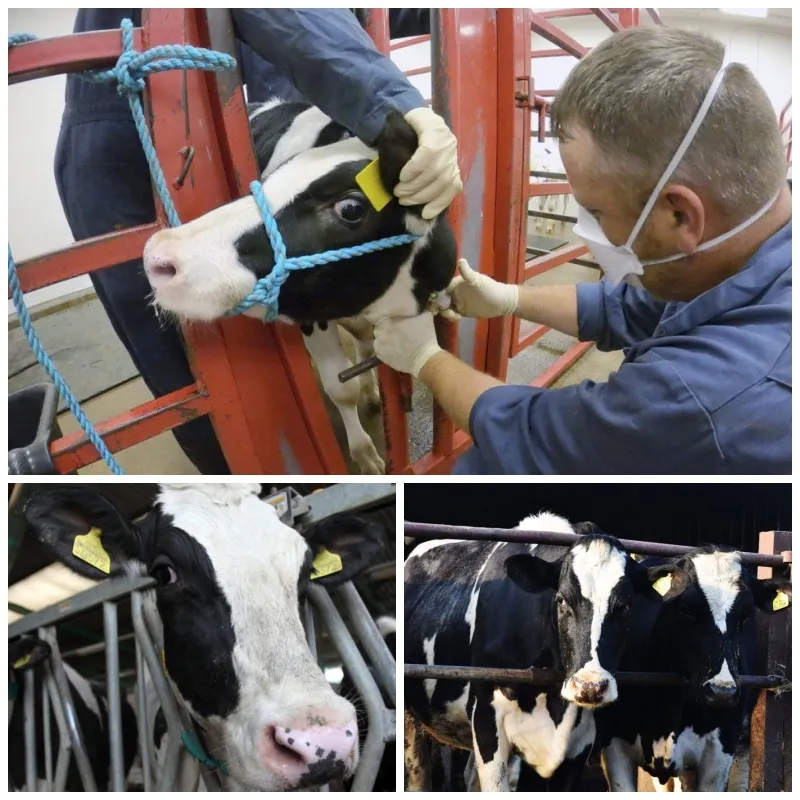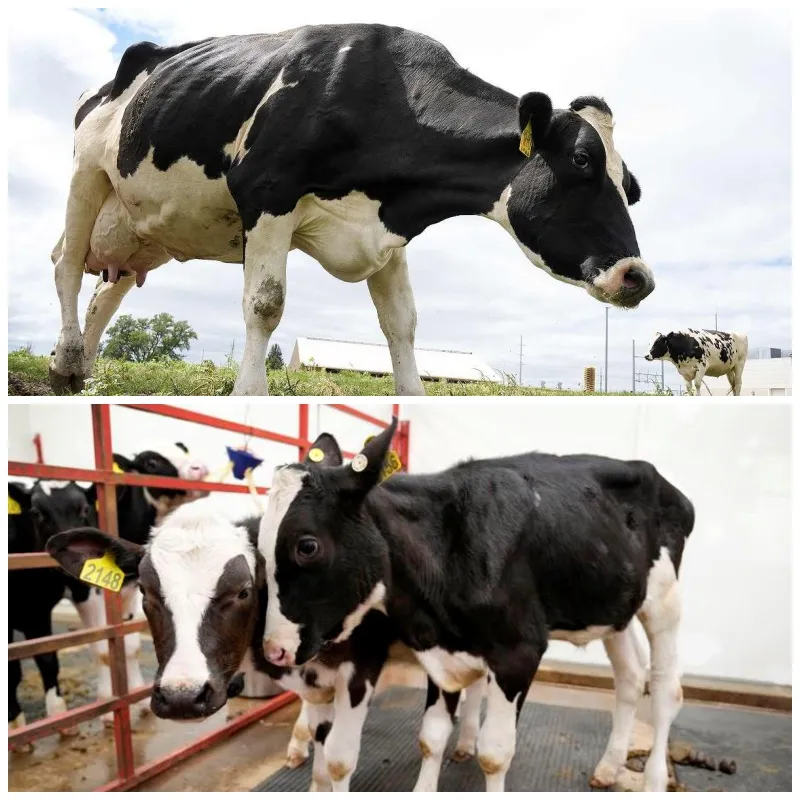
Bird Flu Outbreak Among U.S. Cows: Scientists Race to Uncover the Mystery
In the heartland of Iowa, a seemingly ordinary farm is at the epicenter of a significant scientific investigation. This is no ordinary agricultural site, but rather the National Animal Disease Center, a high-security government research facility where 43 scientists are urgently working to address an alarming development: bird flu has inexplicably spread to dairy cows in the United States. The stakes are high, as researchers push to understand this unexpected outbreak and develop solutions to prevent it from potentially spreading to humans.
A Surprising Twist in the Bird Flu Saga
The H5N1 bird flu strain, first identified in 1959, has long been a formidable threat to migratory birds and domesticated poultry, causing widespread and often deadly infections. However, the virus’s recent jump to cows, specifically infecting their udders and milk, has left scientists puzzled. Influenza is typically a respiratory disease, making its appearance in cows’ milk glands a shocking anomaly that could have serious implications for both animal and human health.

The National Animal Disease Center: A Research Hub in Ames
Located in Ames, Iowa, about 45 minutes north of Des Moines, the National Animal Disease Center spans a sprawling 523-acre site that blends the pastoral with the scientific. The facility, established in 1961, has a storied history of combating diseases that threaten livestock, from developing vaccines against hog cholera to pivotal research during the 2009 H1N1 flu pandemic, commonly known as “swine flu.”
The center’s capabilities are unmatched in the U.S., particularly when it comes to handling and studying highly contagious viruses like H5N1. The campus boasts 93 buildings, including state-of-the-art laboratories designed to contain and study dangerous pathogens. One of these is a high-containment lab where scientists, donning specialized respirators and protective gear, work directly with infected animals to understand how the virus spreads and how it might be stopped.
A Race Against Time: Developing a Vaccine for Cows
One of the primary focuses of the current research is the development of a vaccine for cows to halt the spread of the bird flu virus. Amy Baker, a distinguished researcher known for her award-winning work on flu in pigs, is at the forefront of this effort. The team at Ames is conducting rigorous tests on a cow vaccine, hoping to produce results that could lead to widespread immunization and containment of the virus. While the initial findings are promising, the research is still in its early stages, and there is a long road ahead before a viable vaccine can be rolled out to farms across the country.







